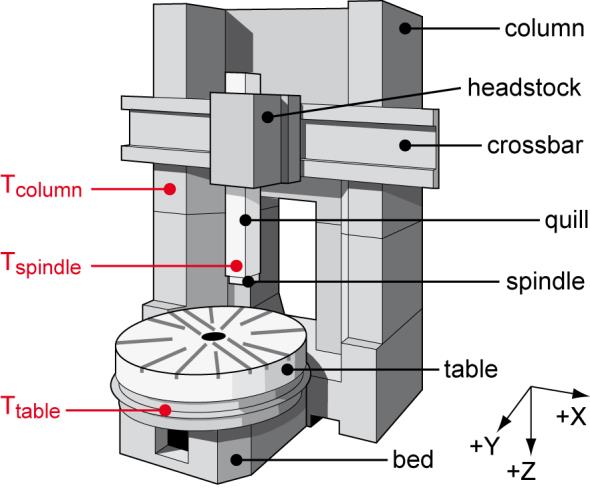
Achieving high workpiece accuracy is a long-term goal of machine tool designers. There are many causes of workpiece inaccuracy, with thermal errors being the most dominant. Indirect compensation (using predictive models) is a promising strategy for reducing thermal errors without increasing machine tool cost. A modelling approach using thermal transfer functions (a dynamic method with a physical basis) embodies the potential to deal with this issue. The method does not require interventions into the machine tool structure, uses a minimum of additional gauges and its modelling and calculation speed is suitable for real-time applications with fine results with up to 80% thermal error reduction. Advanced machine tool thermal error compensation models have been successfully applied on various kinds of single-purpose machines (milling, turning, floor-type, etc.) and implemented directly into their control systems. This research reflects modern trends in machine tool usage and as such is focused on the applicability of the modelling approach to describe specialised vertical turning lathe versatility. The specialised vertical turning lathe is adequately capable of carrying out turning and milling operations. Calibration of the reliable compensation model is a real challenge. The applicability of the approach during immediate switching between turning and milling operations is discussed in more detail.